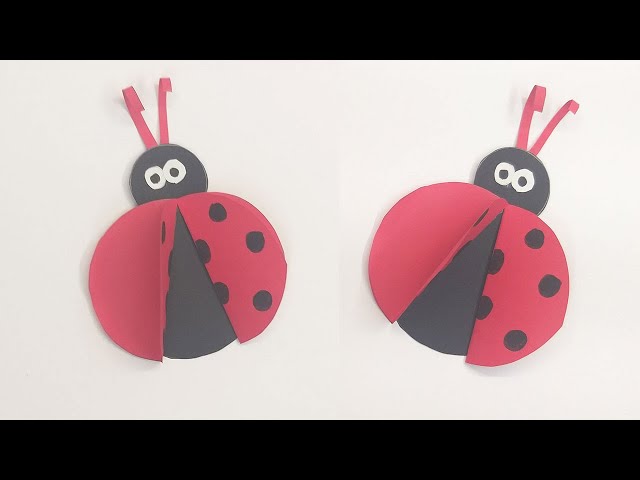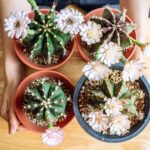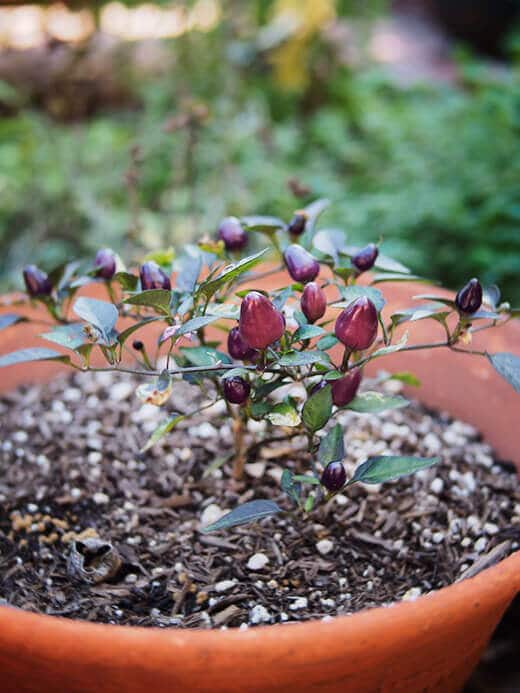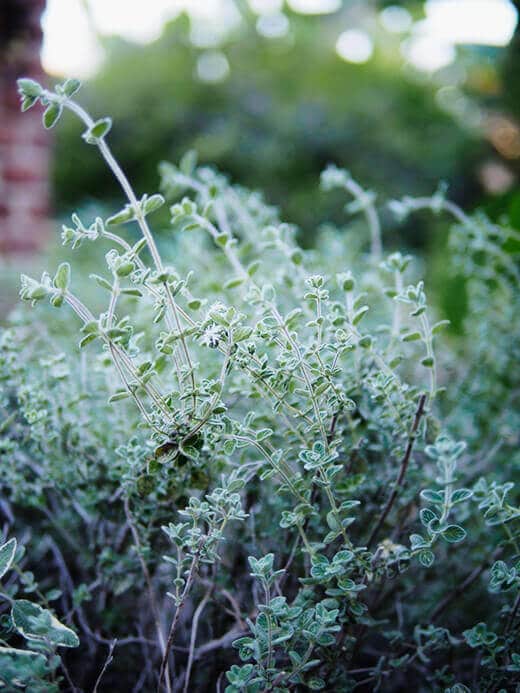Welcome to the ultimate guide on creating a sanctuary for beneficial insects right in your backyard. With a simple approach toward homemade bug food, you can invite nature’s little helpers to your garden.
Transforming your space into an insect haven not only promotes a healthier garden but also fosters a thriving ecosystem. Let’s delve into the steps and ingredients you’ll need to attract these beneficial creatures effectively.
How to attract beneficial insects to your garden?
Attracting beneficial insects begins with understanding their needs. A garden rich in diverse plants such as herbs and flowers offers essential nectar and pollen. Consider incorporating plants like lavender, thyme, and marigolds. These not only beautify your space but also serve as an irresistible buffet for insects like predatory wasps and pollinators.
Moreover, the provision of water through shallow dishes or birdbaths can fulfill their hydration needs. Shelter is equally important, and leaving some areas of your garden a little wild with piles of leaves or logs can create a perfect habitat. Remember, a healthy garden ecosystem is a balanced one.
Introducing homemade insect food like a mixture of sugar and yeast can give an immediate boost to the insect population in your garden. It’s a quick and effective way to attract these natural pest controllers.
What are the best plants that attract beneficial insects?
When it comes to selecting plants, diversity is key. Beneficial insects are drawn to different types of flowers and herbs which provide them with various nutrients. Sunflowers and daisies stand out for their ability to draw in insects, thanks to their flat shape that offers easy access to pollen and nectar.
In addition, native plants are highly effective as they are already part of the local insects’ natural diet. Including plants like coneflower, aster, and black-eyed Susan will not only attract beneficial bugs but also support local biodiversity.
Herbs such as dill, fennel, and parsley serve a dual purpose – they are excellent for cooking and are known to invite lacewings and ladybugs that control aphid populations.
How do I create habitats for beneficial insects?
Creating an inviting habitat is about mimicking the natural environment that these insects thrive in. Start with undisturbed patches in your garden that can act as nesting or overwintering sites for insects. This could be a pile of leaves or a dead wood stack.
Insect hotels are also a fantastic way to provide refuge for various species. These can be homemade or purchased and come with different compartments filled with materials like bamboo tubes and pinecones to suit different insects.
Another essential aspect is to ensure year-round plant coverage. Having plants that bloom at different times of the year will ensure that beneficial insects have a continual food source.
- Leave some soil unmulched for ground-nesting bees.
- Use natural materials like straw or untreated wood for structures.
- Consider a water feature with shallow edges for safe drinking spots.
How to avoid pesticides that harm beneficial insects?
To protect the beneficial insects you’re working to attract, it’s critical to avoid synthetic pesticides. These chemicals not only kill pests but also the predators that naturally control them.
Embrace organic gardening practices such as mulching, handpicking pests, and using barriers like row covers to reduce the need for chemical intervention. If you must use pesticides, opt for targeted, organic options like neem oil or insecticidal soap that minimize harm to beneficial insects.
Implementing integrated pest management (IPM) strategies will allow you to control pests while preserving the beneficial species. This approach relies on a combination of techniques like biological control, habitat manipulation, and the use of resistant varieties.
How to use homemade bug food effectively?
Homemade bug food is an excellent way to quickly attract beneficial insects to your garden. A simple recipe includes dissolving sugar in water and adding a small amount of yeast to ferment the mixture, releasing carbon dioxide that attracts insects.
Place the mixture in shallow containers near the plants that are prone to pests. Refill and clean these containers regularly to maintain their effectiveness and hygiene. Additionally, you can hang red or yellow colored ribbons soaked in the mixture to attract insects like ladybugs.
Be mindful that while homemade bug food is effective, it should complement – not replace – the natural food sources you provide through plant diversity.
Related Questions on Attracting and Sustaining Beneficial Insects
How do you promote beneficial insects?
To promote beneficial insects, it’s crucial to provide an environment that meets their basic needs for food, water, and shelter. Planting a variety of flowering plants, avoiding the use of harmful chemicals, and creating habitats like insect hotels can all contribute to their well-being.
Additionally, allowing certain pests to reside in your garden can serve as a food source for predatory insects, naturally keeping pest populations in check.
What can I put out to attract bugs?
Aside from plants, you can attract bugs by putting out homemade bug food, such as sugar water mixtures, or by leaving out ripe fruit. Providing water sources and shelter also makes your garden more bug-friendly.
Remember to regularly maintain these offerings to keep attracting a diverse range of insects.
How to make sugar water for ladybugs?
Sugar water for ladybugs can be made by dissolving a small amount of sugar in water. This sweet mixture should be placed in shallow containers near plants that require protection from aphids, which ladybugs feed on. However, it’s important to note that natural food sources are still preferable for ladybugs.
Another option is to establish plants that attract aphids, providing a natural food source for ladybugs and ensuring they stay in your garden longer.
How to attract insects naturally?
To attract insects naturally, focus on planting a variety of native flowers and herbs. Letting parts of your garden grow wild and avoiding the use of pesticides will also create a welcoming environment for insects. Water sources like shallow dishes or birdbaths are equally important to provide insects with the hydration they need.
Remember, the goal is to mimic their natural habitat as closely as possible.
In conclusion, by following these steps and providing a hospitable environment, you can attract beneficial insects to your garden effortlessly. A thriving ecosystem filled with these natural allies not only contributes to the beauty and health of your garden but also supports biodiversity, leading to a more sustainable and vibrant outdoor space.





